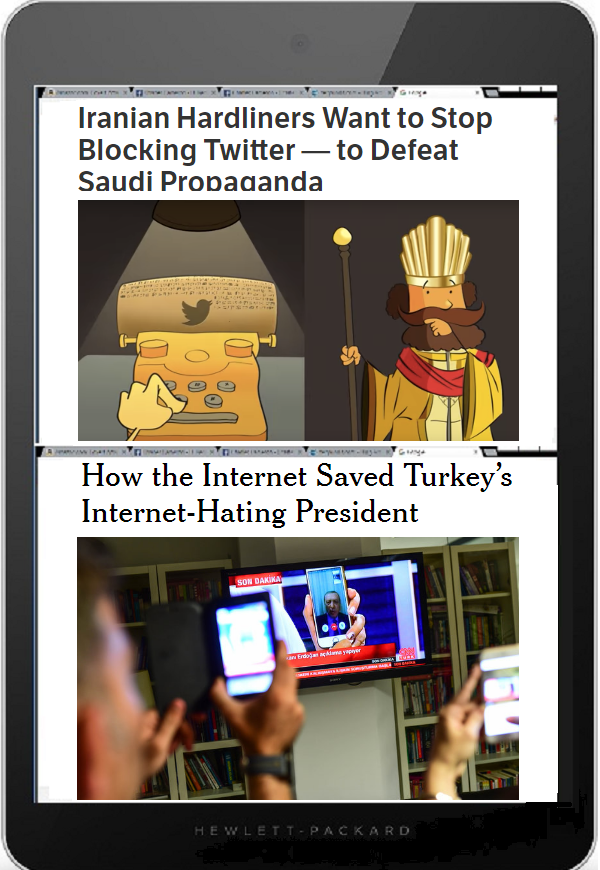[recycled by Lynn C. Rees]
Vertical conflict, where non-elite rises against elite, is a strong, ancient, and obsessive current of fear that flows through political thought. Only elite had surplus time to craft political thought. Hence their antagonism toward vertical conflict saturated political thought for most of written history. The opposing vein of political thought, while less well-represented in history, had an equally ancient past: non-elite fear of elite oppression.
Both variations have good and bad.
Those above and those below have good reasons to fear each other. Elite were outnumbered ~95 to 1. They controlled the vast majority of a political community’s wealth. They were often scattered throughout the population, isolated in a sea of non-elite.
Moreover, elite was somewhat aware that non-elite had concrete reasons to eat them raw. Elite wealth was extracted from the sweat of non-elite brows. The means used to extract this wealth leaned toward the unpleasant or unfair. This rude leaning bred resentment among its non-elite targets. Fortunate elite: the power that let them live off non-elite also guaranteed they normally had little to fear from non-elite: elite become elite through their effective predominance over violence and threat.
Elite should fear another form of conflict, one far more deadly than vertical conflict to them: horizontal conflict. The real threat is conflict within elites between elites. Few vertical conflicts succeed without having their way paved by horizontal conflicts breaking out first.
Unified elite? Non-elite have little chance.
Divided elite? Non-elite opportunity beckons.
Escalation of internecine horizontal conflict frequently tempts one elite faction to appeal directly to non-elite for backing against competing factions. Elite factions often race to outbid each other as they attempt to win non-elite allies against their elite rivals. This has been known to open the way for successful non-elite vertical conflict. Even if vertical conflict is averted, intra-elite horizontal conflict may decimate elite ranks, leaving a vacuum at the top.
Horizontal conflict is a major theme of the cliodynamics of Peter Turchin, an attempt to shape the study of history into “analytical, predictive science”. The mere thought is enough to make neo-Seleucid Nassim Nicholas Taleb foam, wildly gesticulate in dangerously pointy ways, and rant about ice cubes, naive models, charlatans, and infidels. Turchin, in Taleb’s construction, is pushing the “narrative fallacy” to dangerous extremes.
Imagine the dangerous Taleb gesticulations Hari Seldon would produce.
Turchin faces an uphill battle in creating his psychohistory. That said, some of his initial thoughts have interest.
Focusing on pre-industrial agricultural societies, Turchin argues that the primary reason for the rise of empires is a notion of Ibn Khaldun‘s called asabiyah. Asabiyah is the “strong force” that gives a human group its ability to cooperate. Turchin extends Ibn Khaldun’s notion by arguing that it’s specifically along “metaethnic frontiers” that empires rise. Along metaethnic frontiers, not only are societies diametrically opposed in means of production (e.g. pastoralist vs. agriculturalist) but diametrically opposed in cultural norms as well. They are true borders with the Other.
Some examples of metaethnic frontiers that Turchin offers are those between his native Russia and the Crimean Tatars, European Americans and American Indians, Han Chinese and Huns/Turks/Mongols/Manchus, Christian Spain and Muslim al-Andalus, Republican Rome and the Gauls, and Imperial Rome and the German tribes. The vast cultural differences between cultures bestride a frontier produce asabiyah by their clashes more effectively than frontiers between peoples with similar cultures (e.g. the Franco-German frontier). Such asabiyah is often strong enough to drive a political community along a metaethnic frontier to aspire and even ascend to empire.
For the forces that maintain asabiyah, Turchin points to studies based on the ultimatum game:
The ultimatum game is a game often played in economic experiments in which two players interact to decide how to divide a sum of money that is given to them. The first player proposes how to divide the sum between the two players, and the second player can either accept or reject this proposal. If the second player rejects, neither player receives anything. If the second player accepts, the money is split according to the proposal. The game is played only once so that reciprocation is not an issue.
Results of some of these experiments seem to reveal the presence of three classes of people within any human group: knaves, saints, and moralists. Turchin writes in War and Peace and War:
During the 1990s, several economists, most notably Ernst Fehr at the University of Zurich and his colleagues, decided to test the assumptions of rational choice theory experimentally…[and] what these experiments, and many others like them, reveal is that society consists of several types of people. Some of them – perhaps a quarter in experiments with American college students – are self-interested, rational agents – ‘the knaves’. These will never contribute to the common good, and will choose free-riding unless forced to [contribute] by fines imposed upon them. The opposite type, also about a quarter, are the unconditional cooperators, or ‘the saints’. The saints continue to contribute to the common pool and lose money, even when it is obvious to everybody that cooperation has failed (although most of them reduce the amount of their contribution). The largest group (40 to 60 percent in most experiments) are the conditional cooperators, or ‘the moralists’. The preference of the moralists is to contribute to the pot, so that everyone would be better off. However, in the absence of the mechanism to punish noncontributors, free-riding proliferates, the moralists become disgusted by this opportunistic behavior, and withdraw their cooperation. On the other hand, when the punishment option is available, they use it to fine the knaves [even though imposing a fine comes at a cost to them…and] the group [eventually] achieves the cooperative equilibrium at which, paradoxically, the moralists do almost as well as the knaves, because they now rarely (if ever) need to spend money on fining the free-riders.
Moralists maintain asabiyah:
The experiments also point to the key role of the moralists…. Self-righteous moralists are not necessarily nice people, and their motivation for the ‘moralistic punishment’ is not necessarily prosocial in intent. They might not be trying to get everyone to cooperate. Instead, they get mad at people who violate social norms. They retaliate against the norm breakers, and feel a kind of grim satisfaction from depriving them of their ill-gotten gains. It’s emotional, and it’s not pretty, but it does ensure group cooperation…. [Moreover,] that capacity for trust and moralistic punishment are wired into our brains. At some level, they are as basic as our abilities for finding food, or finding mates. It does not mean all humans will always behave in a cooperative manner. People are different…[and] societies differ in their ability to sustain collective action. But the capacity for cooperation (even if it is never exercised by many people) is part of what makes us human….[In addition,] as a result of our ability to use symbols, the idea of a social group (‘us’) has a peculiar grip on human imagination. Because of our psychological makeup, we tend to think of social groups, such as nations, as more ‘real’ than they are ‘in reality.’ And, because people treat nations as real, they behave accordingly and, paradoxically, make them real…Two key adaptations enabled the evolution of [human] ultrasociality. The first one was the moralist strategy: cooperate when enough members in the group are also cooperating, and punish those who do not cooperate. A band that had enough moralists to tip its collective behavior to the cooperative equilibrium outcompeted, or even exterminated, bands that failed to cooperate. The second adaptation, the human ability to use symbolic markers to define cooperating groups, allowed the evolution of sociality to break through the limits of face-to-face interaction, [and] the scale of human societies increased in a series of leaps.
Turchin argues that empires decline when asabiyah-driven imperial conquest brings wealth, security, and power. High asabiyah societies have strong vertical and horizontal cohesion and cooperation between elite and non-elite and within elite and non-elite, reenforced by moralists among elite and non-elite. Much of this asabiyah formation is driven by pressure from external attack. Imperial conquest removes the immediate threat of external attacks. This lack of immediate external threat saps asabiyah as elite and non-elite pursue increasingly divergent agendas. This further saps the influence of moralists. This leads to elites divide that opens opportunities for internal non-elite and external actors. This frequently pushes elite over the edge into atomized oblivion.
But losing your elite doesn’t have to be a net loss. Rotating elites is usually required to reinvigorate a society. However, getting there is frequently unpleasant for elite and non-elite alike and unpleasantness is a powerful source of asabiyah cultivation.






